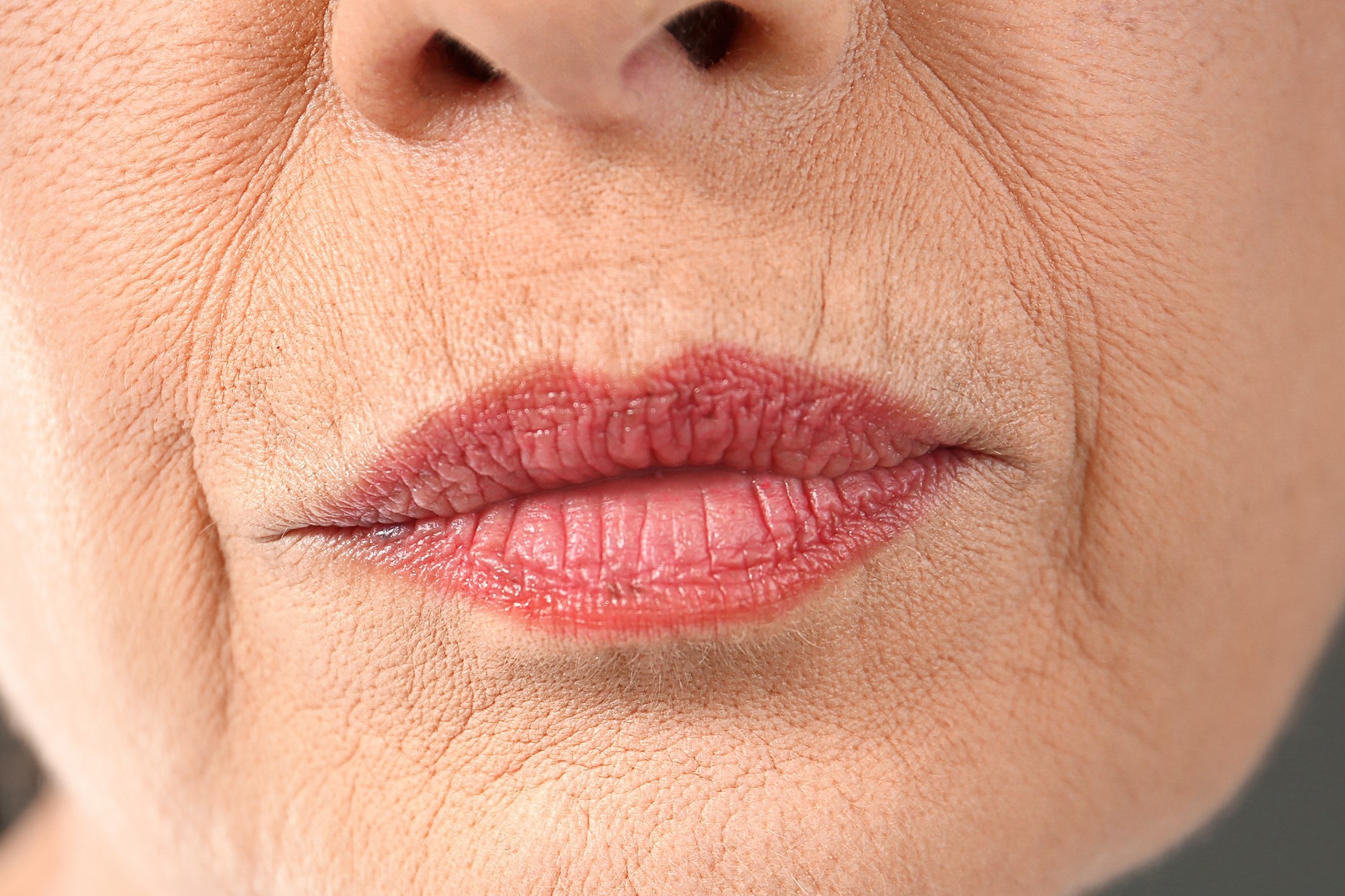

(a) cases for which no more specific diagnosis can be made even after all the facts bearing on the case have been investigated.The conditions and signs or symptoms included in categories R00- R94 consist of:.8, are generally provided for other relevant symptoms that cannot be allocated elsewhere in the classification. The Alphabetical Index should be consulted to determine which symptoms and signs are to be allocated here and which to other chapters. Practically all categories in the chapter could be designated 'not otherwise specified', 'unknown etiology' or 'transient'. In general, categories in this chapter include the less well-defined conditions and symptoms that, without the necessary study of the case to establish a final diagnosis, point perhaps equally to two or more diseases or to two or more systems of the body. Signs and symptoms that point rather definitely to a given diagnosis have been assigned to a category in other chapters of the classification.This chapter includes symptoms, signs, abnormal results of clinical or other investigative procedures, and ill-defined conditions regarding which no diagnosis classifiable elsewhere is recorded.Peripheral cyanosis is also the result of:Ĭongenital heart defects that cause cyanosis include transposition of the great arteries, pulmonary atresia, tetralogy of Fallot, tricuspid atresia, hypoplastic left heart syndrome, truncus arteriosus, and interrupted aortic arch. disorders of hemoglobin, which mean the blood cannot carry oxygen properly.

fluid build-up in the lungs (pulmonary edema) caused by congestive heart failure.problems with blood flow to and/or from the lungs due to abnormal connections of the blood vessels between the heart and lungs, or obstruction of the blood vessels.heart defects that allow oxygen-poor blood from the right side of the heart to mix with oxygen-rich blood in the left side of the heart, so the blood that is pumped out to the body is low in oxygen these defects are known as right-to-left shunts.If you notice discoloration in any area other of your child's body, seek emergency medical treatment. This includes their gums, for any pale discoloration. For children with darker skin, you can also check the inside of their mouth. If the blue color is only around your child’s mouth and not on their lips or other parts of their face, it’s likely harmless. Baby Blue Around Mouth: Is It An Emergency? Sometimes it does not appear until your baby is older. Cyanosis of congenital heart conditions begins soon after birth. This makes your baby blue around the mouth and body. Oxygenated hemoglobin is bright red, while deoxygenated hemoglobin is bluish. Hemoglobin is the molecule that allows red blood cells to carry oxygen. The colour comes from reduced hemoglobin in the blood near the surface of the skin. As a result, your baby may appear blue or bluish. Since blood carries oxygen, less oxygen is delivered to the body. Cyanosis, or blue spells, is when a reduced amount of blood flows into your baby's lungs.


 0 kommentar(er)
0 kommentar(er)
